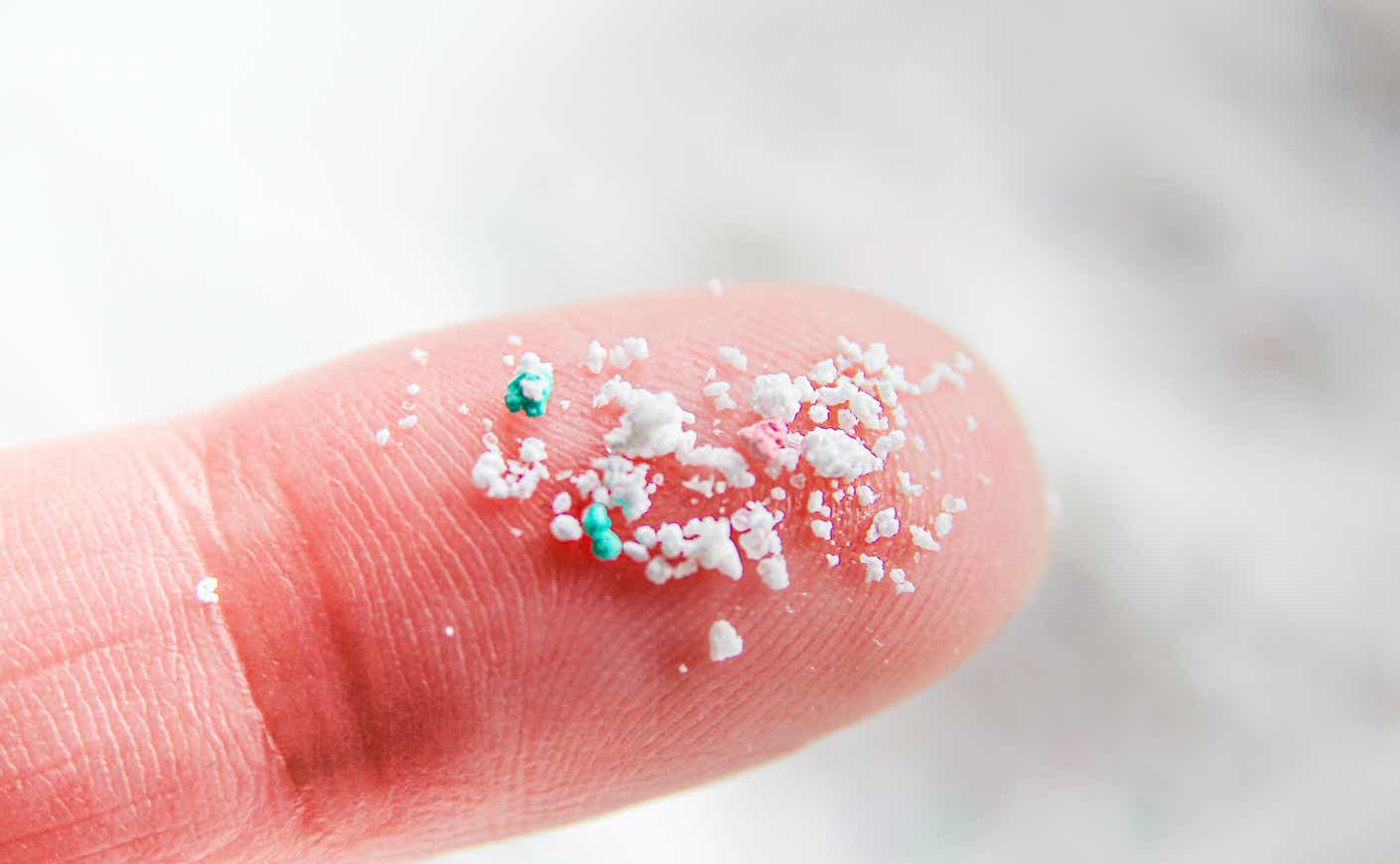They’re everywhere: In our water, our food, our cosmetics, and even inside our bodies. Microplastics — teeny, tiny pieces of plastic less than five millimeters in size — and nanoplastics (even teenier, tinier bits that can be a fraction of the width of a strand of hair) have been discovered in human blood, arteries, livers, testicles, and brains. And a study published this week suggests that more and more of these particles are accumulating within us.
Researchers at the University of New Mexico discovered about 50 percent more microplastics in brain specimens taken from people autopsied in 2024, as compared to those in 2016. They also found that people with dementia had built up three to five times more of the material in their tissue than those without the condition.
“We are just at the cusp of understanding what these things might be doing to our bodies,” one of the authors of the study, Matthew Campen, Ph.D., tells us.
Check out Dr. Campen’s full conversation with Katie in the video below, and read on for a closer look at the study and more on the potential effects microplastics may have on the body.
Microplastics in the brain
The study, which was published in Nature Medicine, measured the levels of microplastics in brain, liver, and kidney specimens. The scientists examined the brains of 28 people who’d died in 2016 and 24 who’d died last year, and — like we mentioned earlier — the latter group had much more plastic in their tissue.
“We’re very confident that that trend is real, and that plastics in the brain, as well as in the liver, are increasing over time,” Dr. Campen tells KCM.
It’s alarming, but maybe not entirely unexpected, Dr. Campen says: “We’ve seen since the 1950s, every 10 to 15 years, the amount of plastics we’ve produced has doubled. So why wouldn’t the trend be the same in the body?”
The research also suggests that the brain appears to be a more-likely reservoir for plastic than other organs: The researchers found seven to 30 times as much plastic in the brain samples than they did in the kidney and liver ones.
It’s a surprising finding, given that the brain is protected by a membrane called the blood-brain barrier, designed to block viruses and toxins from gaining access to this obviously vital organ. Jaime Ross, Ph.D., a neuroscience professor at the University of Rhode Island, tells us it’s not exactly clear how plastic is infiltrating the brain, but it’s possible the material may be absorbed by cells allowed passage through the barrier.
It’s also important to note that some experts have urged caution around these results, in part because of the small sample size and potential issues around the method used to measure the levels of microplastics. “While it is not impossible that there are microplastics in the brains of some people, this study does not prove that this occurs,” Oliver Jones, Ph.D., a professor of chemistry at RMIT University in Melbourne said in a statement.
Microplastics and dementia
Dr. Ross has been studying the effect of microplastics on mice: In her 2023 study, she and a team of researchers found that the rodents who’d consumed polystyrene for just three weeks developed dementia-like symptoms.
The most recent study also looked at dementia and found that people with the disease had significantly more microplastics in their brains. But Dr. Ross and Dr. Campen both tell us that that doesn’t mean these synthetic materials are the cause. It may just be that because people with these types of neurodegenerative conditions have a “leakier” blood-brain barrier, more pathogens and plastic find their way through.
One possible explanation that’s been floated by scientists at Duke is that microplastics cause proteins called synuclein to aggregate within the brain. When synuclein clumps together, Dr. Campen says, “it becomes the seed for neurodegeneration, dementia, and Parkinson’s.” Another compelling theory is that microplastics aggravate the immune system, triggering a response that slows blood flow in the brain and results in blood clots. This link was demonstrated in another mouse study published last month.
“While these reports do not establish cause and effect, they add to a growing body of deeply concerning evidence on the toxic effects of these pervasive substances,” Eric Topol, Ph.D., a professor of molecular medicine at Scripps Research, wrote in his Substack outlining the recent papers.
How to avoid microplastics
Not to be a downer, but there’s practically no way to avoid microplastics entirely. Still, there are things you can do to limit it. For one, don’t microwave your food in plastic, Dr. Ross tells us. And be particularly careful about how you prepare warm beverages like coffee and tea. A recent study found that tea bags can shed millions of microplastics into your drink. Whenever possible, Dr. Ross uses glass and stainless steel containers for her food and water.
Matt Simon, the author of A Poison Like No Other, also recommends buying a filter to attach to your washer. Clothes made of synthetic materials like polyester and rayon release tons of microfibers every time they go through the wash, which can be absorbed through the skin.
“You’re not going to get away from microplastics,” Dr. Ross says. “But at least you can decrease your exposure.”









